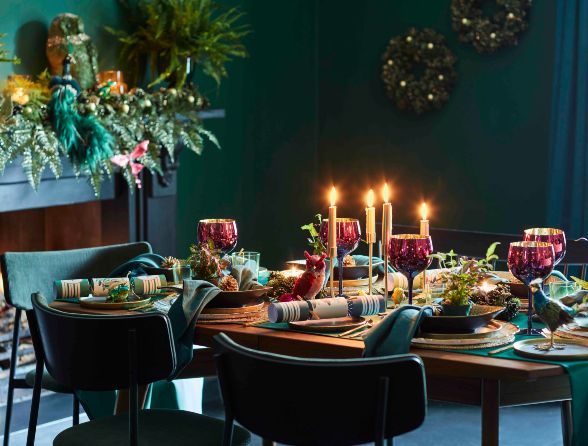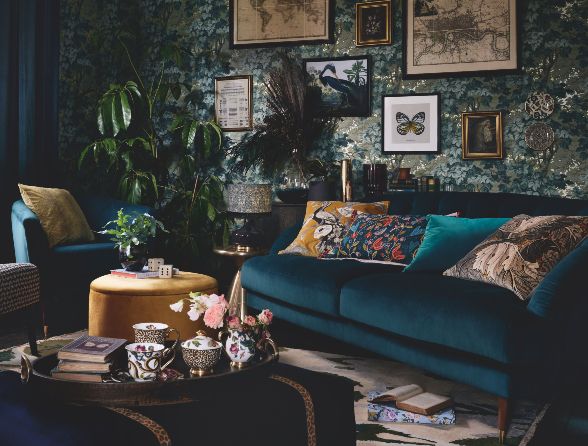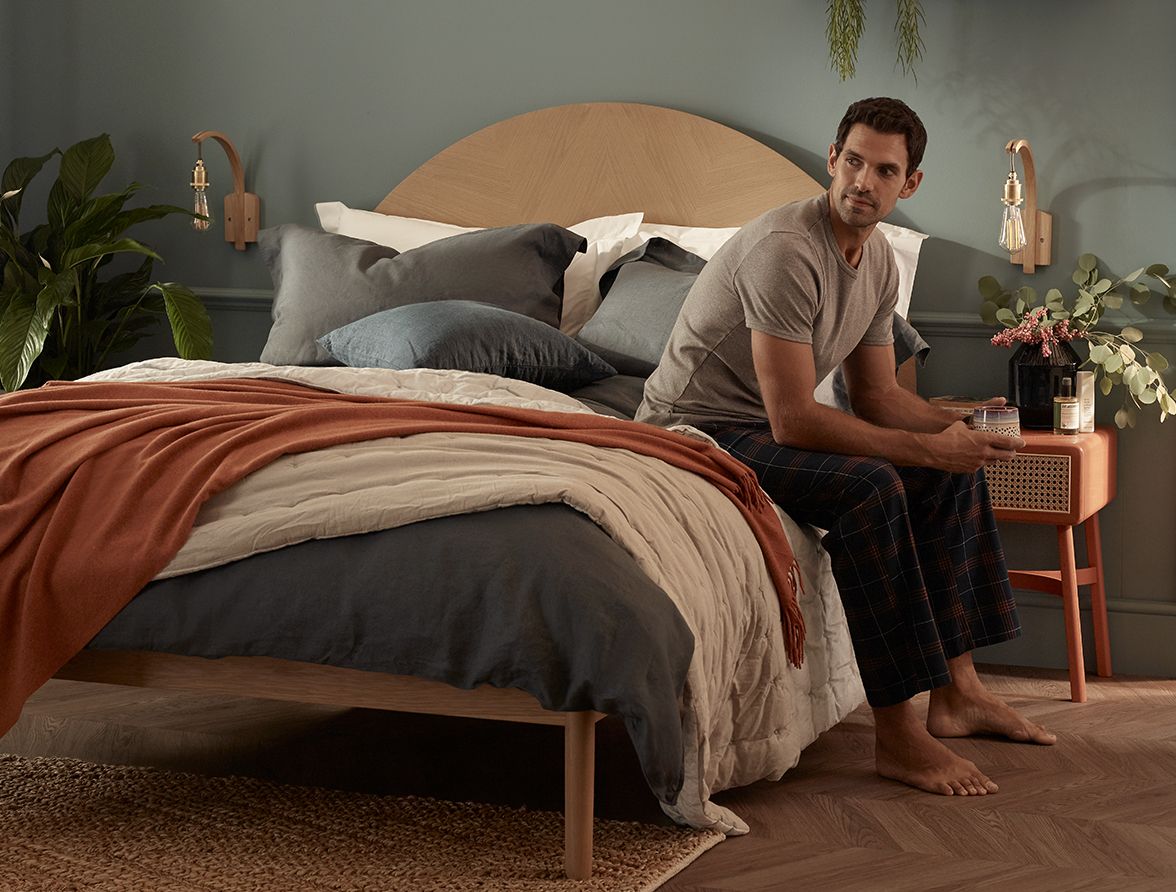Plan your next decorating project with a modern approach to moodboards
From apps to notebooks, design experts share their go-to tips for gathering swatches and ideas
Planning a room makeover? There really is no shortage of inspiration out there but how do you distill all that choice down into a single cohesive look that’s as beautiful in real life as it is in your head?
For decades, the answer has been a moodboard – and with good reason. Not only great for collating ideas to help shape your vision at the start of a project, a moodboard is also the place to gather up the very real materials, paint colours and fabric swatches that will help make that dream a reality. And, perhaps most importantly, a moodboard becomes a visual map that will help communicate ideas quickly and effectively to everyone involved in your project, be that your partner, a designer or a builder.
When your scheme is done, a moodboard then becomes a reliable record of all the materials used. Need to touch up some paintwork? Find the brand and colour on your moodboard. Want more of that gorgeous fabric? You’ll have the name, code and colourway to hand.
So how to get started? We asked the design experts…
What to use?
London-based interior designer Emilie Fournet likes to use both physical and virtual moodboards. ‘Working on an app on my tablet gives me the chance to be quick and intuitive, moving things around, resizing images to see the effect,’ she says. ‘As a balance to that, a moodboard that has actual samples and pages torn from magazines gives me more time to contemplate and curate.’
If you’re looking for a moodboard app, Emilie uses Morpholio Board. ‘Although you can use anything that allows you to collate and move images,’ she says.
‘Although virtual moodboards are a great starting point, you need to eventually get away from the screen when moodboarding,’ believes Wil Law, Partner & Home Design Stylist (@johnlewis_wil). ‘It’s about the touch and feel – both emotional and physical. It’s how the fabric feels against your skin, how that metal complements your home’s finishes, and how all of the colours respond to the light in your space.’
A moodboard notebook can be useful for storing paint, wallpaper and fabric references with a small swatch of each and it's portable enough to take with you when you head to the shops.
‘I will always display a board in the room it’s for and give myself time to think about my project,’ says Bethan Harwood, Partner & Home Design Stylist (@johnlewis_bethan). ‘It’s so key to see the swatches in different lights throughout the day and make sure the ideas you have suit your space.’
When to put a moodboard together?
For Emilie, the moodboard stage comes after the initial briefing with her clients. ‘I need to know the direction they want to go in, what they like/don’t like and if there are any key pieces that we need to work with,’ she says. ‘Watching my client’s response when I present them with the board for the first time tells me a lot. It’s important to watch how they respond and how they touch things.’
When working on your own projects, it’s worth establishing your own brief along with a few design details that feel essential to the room. Even if your new look seems clear in your mind, getting it down on paper or in an app, helps to refine ideas and can be useful for raising any issues that are quick to fix early on.
‘Remember to get a sample for each component of your space,’ advises Wil. ‘A moodboard is a micro version of all the key elements of a room and how they complement and contrast with each other to create that dream combination.’
Where to begin?
‘Start with the one thing you love the most,’ says Emilie. ‘It could be a colour, a sofa or a piece of art. Then add items that work with it. This may be two or three chairs, three fabric swatches or three paint colours. You can then start to edit, fine-tuning your choices until you get the board exactly how you want it.’
It’s important not to flood your board with too many things. ‘Sometimes less is more,’ says Karen Reeves, Partner & Trading Manager, Advisory Service. ‘A great moodboard has balance. Try to team more inspirational shots with smaller product details, then add swatches. Always try to include colour, pattern, texture and light as core components to any room, then the rest is up to you.’
‘Keep your moodboard realistic,’ says Bethan. ‘Group the swatches together to reflect how they will sit in the room – this will give you the best idea of how balanced your ideas are. Don’t worry about how aesthetically pleasing your board is – it should be practical and something that you can work with easily.’
Wil agrees. ‘Don’t try and make a picture-perfect display,’ he says. ‘A moodboard should be tactile and moveable. A pile of samples can become a moodboard in no time and as long as you're seeing the room’s key finishes together, then that’s a great starting point.’
Try a flat lay, where you arrange samples on the floor or a worksurface and take a pic from overhead. This way, you won’t need to trim large samples down to fit on certain-sized boards. And keep your moodboarding bits in a box, ready to pull out.
How do you use a moodboard?
A moodboard can really give direction to a project. ‘A moodboard can help you see what’s missing in a room,’ Emilie explains. ‘You should be able to tell if you have too much of one colour, or if the scheme looks a bit flat and needs an accent.’
Referring back to a moodboard can not only prompt you to remember what you loved, it can also help you avoid bringing in items that just don't fit. ‘If you see a bargain, ask yourself, “Does it work with my board?”’ Emilie says. Equally if you can find new things that do enhance a scheme, you can go back and edit your moodboard to include them.
‘A moodboard should entice you, leaving you wanting more,’ says Emilie. ‘It can take time, so enjoy the process of creating one.’








